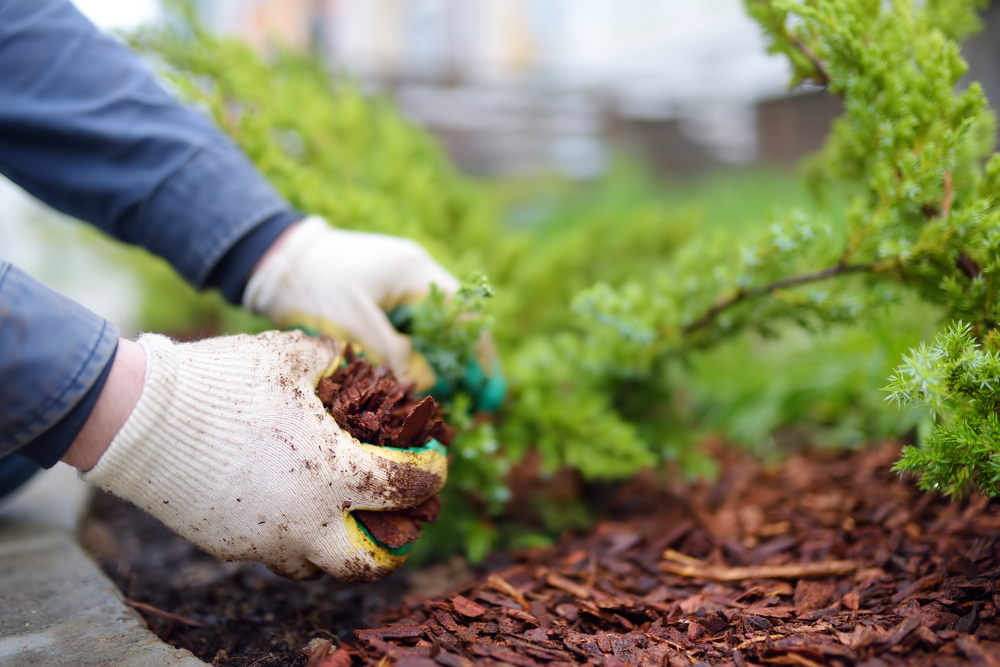Hardy Winter Plants That Can Survive the Cold

Winter can be a challenging season for gardeners, but it doesn’t have to mean an end to vibrant greenery or blooming flowers. With the right selection of hardy winter plants, your garden can remain lively, even when temperatures drop. In this guide, we’ll explore the best winter plants that can withstand the cold and how to care for them to maintain a thriving winter garden.
Why Choose Hardy Winter Plants?
Hardy winter plants are specifically adapted to withstand frost, snow, and freezing temperatures. They not only survive but often thrive in the cold, adding texture, color, and life to your outdoor space. By selecting these plants, you can:
- Keep your garden visually appealing year-round.
- Provide food and shelter for winter wildlife.
- Reduce replanting efforts in the spring.
Understanding which plants are most resilient to winter conditions is key to planning your cold-season garden.
Best Winter Plants for Your Garden
1. Evergreens
Evergreens are classic choices for winter gardens because they retain their foliage all year round. Popular evergreen options include:
- Boxwood: Known for its lush, green leaves, boxwood shrubs are perfect for creating winter topiaries or hedges.
- Holly: With its glossy leaves and bright red berries, holly is an iconic winter plant that adds a festive touch to your garden.
- Juniper: Available in various shapes and sizes, junipers are versatile and maintain their vibrant green or blue hues throughout winter.
2. Winter-Blooming Flowers
Contrary to popular belief, some flowers bloom even in the depths of winter. These include:
- Hellebores (Christmas Rose): Renowned for their delicate, cup-shaped blooms, hellebores flower from late winter to early spring.
- Winter Jasmine: This climbing plant produces cheerful yellow flowers that stand out against bare branches.
- Snowdrops: Among the earliest bloomers, snowdrops emerge through the frost to signal that spring is on its way.
3. Cold-Tolerant Vegetables
Winter gardens aren’t limited to ornamental plants. You can also grow cold-hardy vegetables, such as:
- Kale: Known for its nutritional value, kale thrives in frosty conditions and even becomes sweeter after a frost.
- Brussels Sprouts: These vegetables mature well in cold weather, making them a perfect addition to a winter kitchen garden.
- Leeks: Hardy and low-maintenance, leeks are an excellent choice for winter harvesting.
4. Deciduous Shrubs with Winter Interest
Some deciduous shrubs offer stunning features during winter, such as colorful bark or berries:
- Red-Twig Dogwood: Famous for its striking red stems, this shrub creates a bold statement in snowy landscapes.
- Winterberry: A type of holly, winterberry drops its leaves in winter, leaving bright red berries that stand out against the cold.
- Witch Hazel: This unique shrub produces fragrant yellow flowers in the middle of winter.
5. Conifers
Conifers are highly resilient and ideal for adding structure to a winter garden. Some popular options include:
- Spruce: With its symmetrical shape and vibrant green needles, spruce trees make a beautiful winter focal point.
- Cedar: Offering a rich, warm aroma and soft foliage, cedar is a favorite for winter gardens.
- Pine: Pine trees provide an evergreen canopy and are easy to maintain.
Caring for Hardy Winter Plants
To ensure your winter plants thrive, follow these essential care tips:
Prepare the Soil
Winter plants require well-draining soil to prevent root rot caused by freezing and thawing cycles. Before planting, amend your soil with compost or organic matter to improve drainage and nutrient content.
Mulch for Protection
Apply a layer of mulch around the base of your plants to insulate their roots from extreme temperature fluctuations. Mulch also helps retain soil moisture and prevents weeds.
Water Sparingly
While plants need water during winter, overwatering can lead to frozen roots. Water deeply but less frequently, ensuring the soil remains slightly moist without becoming waterlogged.
Prune Wisely
Winter is an ideal time to prune many trees and shrubs because they are dormant. Remove dead or damaged branches to promote healthy growth in spring.
Designing a Winter Garden
Creating a visually appealing winter garden involves more than just selecting the right plants. Consider these design tips:
Add Contrast and Texture
Combine plants with varying textures, colors, and shapes to create visual interest. For example, pair the smooth, red bark of red-twig dogwood with the spiky foliage of an evergreen shrub.
Incorporate Hardscape Elements
Use pathways, garden sculptures, and trellises to enhance your winter garden’s structure. Snow-covered hardscape features add charm and create focal points during the colder months.
Use Containers for Flexibility
Winter plants like hellebores and pansies thrive in containers, allowing you to move them around to protect them from severe weather or to create dynamic arrangements.
Benefits of Planting Winter-Resilient Plants
Planting the best winter plants comes with several advantages:
- Seasonal Beauty: Keep your garden vibrant and attractive throughout the year.
- Ecosystem Support: Provide food and shelter for birds, pollinators, and other wildlife during winter.
- Low Maintenance: Hardy winter plants require minimal care compared to more delicate species.
Common Mistakes to Avoid
While hardy winter plants are resilient, certain mistakes can hinder their growth:
- Planting Too Late: Planting in late fall or early winter doesn’t allow roots enough time to establish before freezing temperatures set in.
- Ignoring Local Climate: Choose plants suited to your region’s specific winter conditions.
- Neglecting Mulching: Skipping mulch can expose roots to frost damage, weakening the plant.
Conclusion
With the right selection of hardy winter plants, your garden can remain a vibrant oasis even in the coldest months. From evergreens and winter-blooming flowers to cold-tolerant vegetables and shrubs, the best winter plants provide beauty, structure, and functionality to your outdoor space. By following proper care techniques and incorporating design elements, you can create a stunning winter garden that flourishes year-round.
Start planning today, and enjoy the benefits of a garden that braves the chill!
